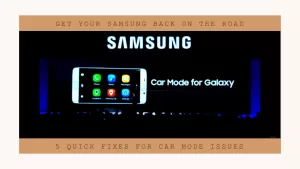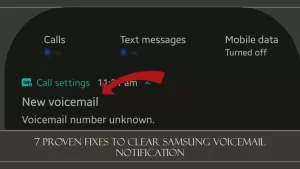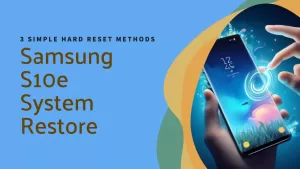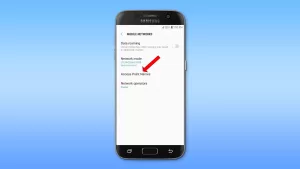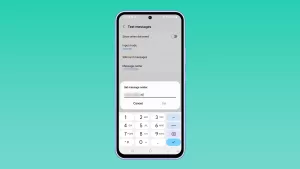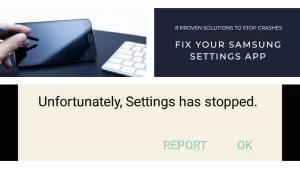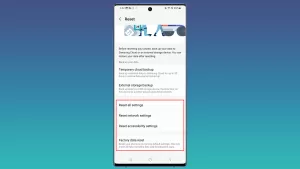If you’re having trouble connecting your Samsung Galaxy S10 to your PC, don’t worry. There are a few things you can try to fix the problem.
This guide will walk you through the most common causes of a Samsung Galaxy S10 that won’t connect to a PC and how to fix them. We’ll also provide some additional tips to help you prevent this problem from happening in the future.
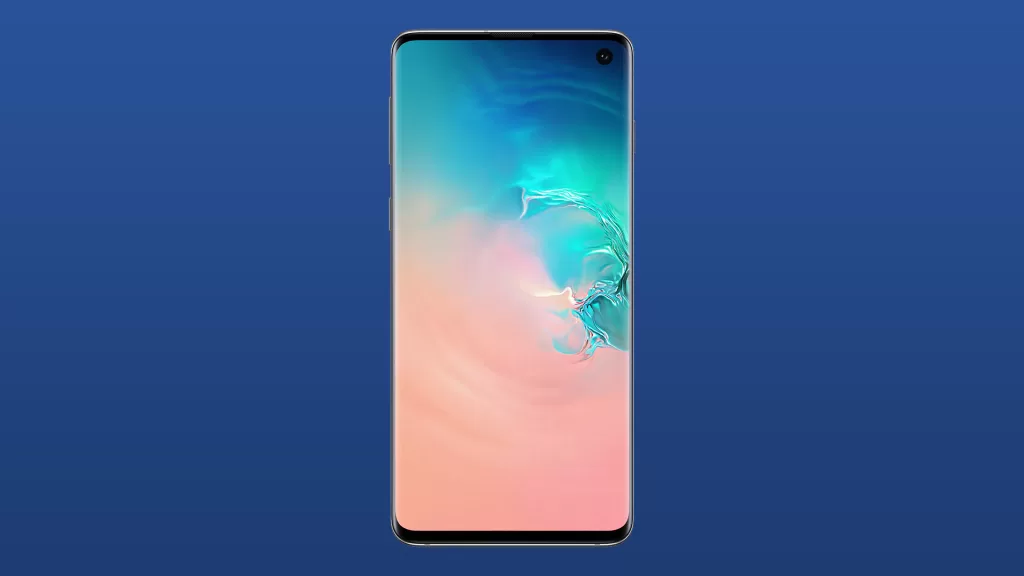
In this article:
Possible Causes
- Loose or damaged USB cable: Make sure that the USB cable is properly connected to both your phone and your PC. If the cable is loose or damaged, it may not be able to transfer data properly. Try using a different USB cable if possible.
- Incorrect USB settings: Make sure that your phone’s USB settings are correct. The phone should be set to “Transfer files” mode when connected to a PC. To do this, open the Settings app and tap on Connections > USB > Transfer files.
- Outdated software: Make sure that your phone and PC’s software are up to date. Outdated software can sometimes cause problems with connecting devices to each other. You can check for software updates on your phone by going to Settings > Software update > Download and install.
- Incompatibility between phone and PC: It is also possible that your phone and PC are not compatible with each other. If you are using an older PC, it may not be able to support the latest Samsung Galaxy S10.
- Hardware problem: In rare cases, the problem may be due to a hardware problem with your phone or PC. If you have tried all of the above and your phone is still not recognized by your PC, you may need to contact Samsung customer support for further assistance.
1. Check the USB cable and ports
Make sure that the USB cable is securely connected to both your phone and your PC. Try using a different USB cable if possible. Also, try plugging the USB cable into a different port on your PC.
To check the USB cable and ports on your Samsung Galaxy S10, follow these steps:
- Inspect the USB cable for any visible damage. Look for any cracks, bends, or breaks in the cable. If the cable is damaged, it will need to be replaced.
- Try using a different USB cable. If you have another USB cable that you know is working, try using it to connect your phone to your PC. If your phone is recognized by the PC with the other cable, then the problem is with your original cable.
- Try plugging the USB cable into a different port on your PC. If you are using a desktop PC, try plugging the USB cable into a different USB port on the back of the computer. If you are using a laptop, try plugging the USB cable into a different USB port on the side of the computer.
- Clean the USB port on your phone. If the USB port on your phone is dirty or dusty, it can prevent the cable from making a good connection. Use a toothpick or cotton swab to gently clean the port.
2. Restart your phone and PC
A simple restart can sometimes fix minor software glitches that may be causing the problem.
To restart your phone:
- Press and hold the power button for a few seconds.
- Tap on Restart.
- Your phone will restart and should be back on in a few seconds.
To restart your PC:
- Click on the Start button.
- Click on the Power button.
- Select Restart.
- Your PC will restart and should be back on in a few seconds.
If you are unable to restart your phone or PC using the above steps, you can try force restarting it.
To force restart your phone:
- Press and hold the power button and the volume down button at the same time for 10-15 seconds.
- Your phone will force restart and should be back on in a few seconds.
To force restart your PC:
- Press and hold the power button for 10-15 seconds.
- Your PC will force restart and should be back on in a few seconds.
Note: Force restarting your phone or PC may cause you to lose unsaved data, so it is important to use this option sparingly.
3. Check your phone’s USB settings
Make sure that your phone is set to transfer files when connected to a PC.
To check your phone’s USB settings:
- Open the Settings app.
- Tap on Connections > USB > File transfer.
- Select the “Transfer files” option.
4. Install the Samsung Kies software
Samsung Kies is a software program that allows you to connect your Samsung phone to your PC and manage your files. You can download the Samsung Kies software from the Samsung website.
To install the Samsung Kies software, follow these steps:
- Go to the Samsung Kies website at https://samsung-kies.en.softonic.com/download.
- Select the version of Samsung Kies that is compatible with your operating system.
- Click on the Download button.
- Once the download is complete, double-click on the installer file to start the installation process.
- Follow the on-screen instructions to complete the installation.
Once Samsung Kies is installed, you can connect your Samsung phone to your PC and start managing your files.
5. Update your phone’s software
Make sure that your phone is running the latest software version.
To check for software updates:
- Open the Settings app.
- Tap on Software update.
- Tap on Download and install.
6. Update your PC’s drivers
Make sure that your PC’s drivers are up to date.
To update your PC’s drivers, you can follow these steps:
- Open the Device Manager. To do this, press Windows key + R to open the Run dialog box, type devmgmt.msc, and press Enter.
- Expand the category that contains the driver you want to update. For example, to update the driver for your graphics card, expand the Display adapters category.
- Right-click the driver you want to update and select Update driver.
- Select the option to Search automatically for drivers.
- Windows will search for and install the latest driver for your device.
- If Windows can’t find an updated driver, you can try searching for one on the device manufacturer’s website.
You can also use a third-party driver updater tool to update your PC’s drivers. These tools can automatically scan your computer for outdated drivers and download and install the latest drivers for you.
7. Try connecting your phone to a different PC
If you have tried all of the above and your phone is still not recognized by your PC, try connecting it to a different PC. This will help you to determine if the problem is with your phone or your PC.
If you have tried all of the above and your phone is still not recognized by your PC, you may need to contact Samsung customer support for further assistance.
Here are some additional tips:
- Try cleaning the USB port on your phone and PC.
- Try booting your phone into Safe Mode.
- Try uninstalling and reinstalling the Samsung Kies software.
- Try disabling any antivirus or firewall software that you are using on your PC.
